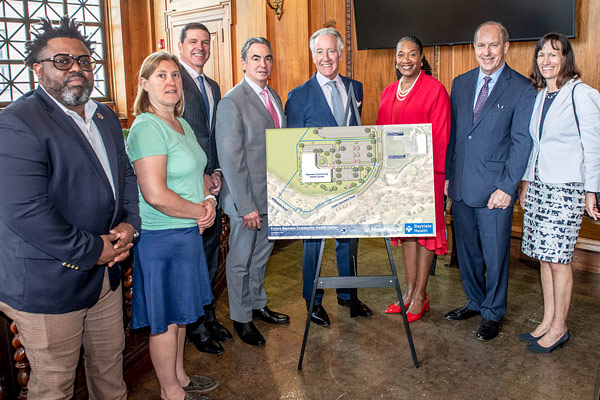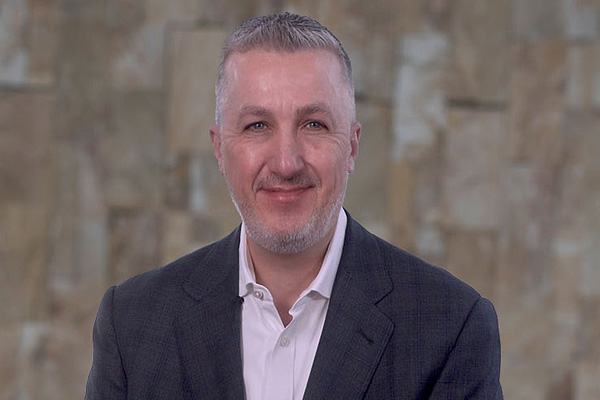Clinical Spotlight: Dr. Andrew Artenstein
November 25, 2020

Health & Wellness Tips
Related News
-
Foundation
![Michele Megas-Ditomassi joins T. John Megas, Dr. Stephen Bonasera, and Susan Megas at a celebration event at her home in Longmeadow, Mass.]()
Memory Care Endowment Created in Celebration of Longtime Community Business Leader
-
Foundation
![Dr. Grace Makari-Judson addresses the crowd at Rays of Hope Walk & Run Toward the Cure of Breast Cancer.]()
The Marvelous Dr. Grace Makari-Judson
-
Foundation
![Dr. Ann Errichetti, Dr. Sarah Haessler, and Dr. Mark Keroack]()
Dr. Mark Keroack and Dr. Ann Errichetti Create Endowed Fund to Support Future of Healthcare
-
Announcements
![Baystate, MassMutual, and city leaders pose with map]()
Baystate Health to Build New Community Health Center
-
Foundation
![Founder of Alicia's Angels, Jona Sager, sits on a bed in the Family Care Room in the Davis NICU at Baystate Medical Center.]()
Creating Space: How a New Family Care Room Helps Grieving Families
-
Community & Public Health
![Geri Pals volunteer at Baystate Health]()
Geri Pals Volunteers Create Connections Over the Phone
-
Community & Public Health
![baystate health news]()
Jaines Andrades Testifies Before Senate Committee
-
Foundation
![Collage of six images of Maddie Schmidt and her family]()
Making Magic Thanks to Maddie
-
Announcements
![a man in a white collared shirt and sport coat smiling for the camera]()
Peter Banko Named Incoming CEO of Baystate
-
Foundation
![Gale Kirkwood, Rays of Hope Founder Lucy Giuggio-Carvalho, Dr. Grace Makari-Judson, and Kathy Tobin at a Rays of Hope Walk & Run Toward the Cure of Breast Cancer.]()
Endowment Ensures Hope for Breast Cancer Research and Care
Back to Top












